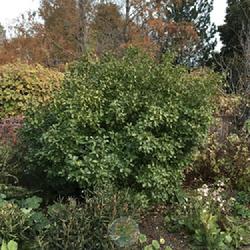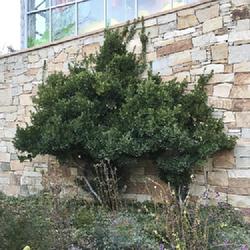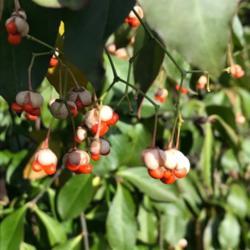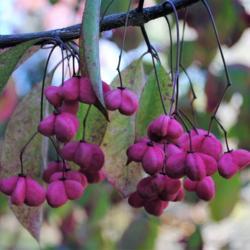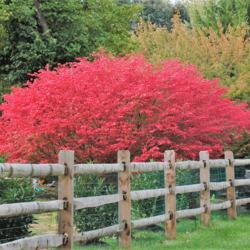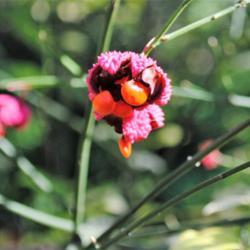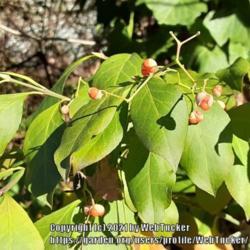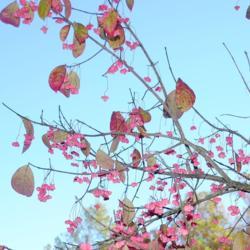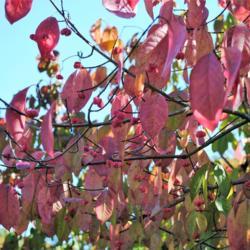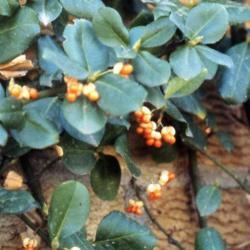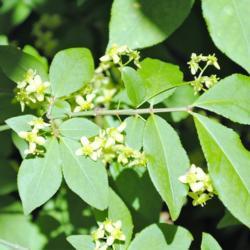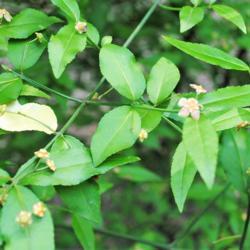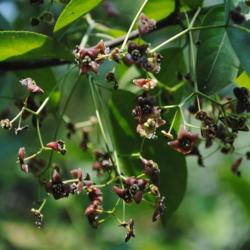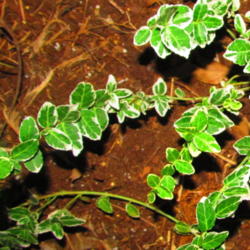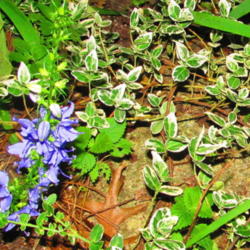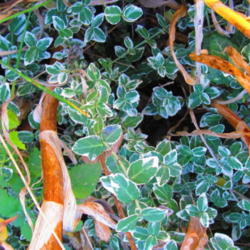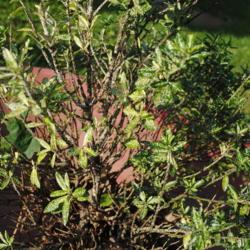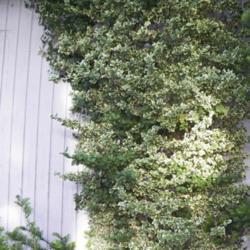Posted by
ILPARW (southeast Pennsylvania - Zone 6b) on Dec 20, 2018 1:43 PM concerning plant:
There are about 175 species of this genus of monoecious, deciduous to evergreen small trees, shrubs, woody vines (lianas) and woody-stemmed groundcovers from across the Northern Hemisphere. The great majority of the species are from East Asia. All have opposite and simple leaves, usually with toothed margins. The 4 or 5-petal flowers are small in small clusters along the lower parts of the current year's growth and are usually inconspicuous of whitish or yellowish green colour, but some species have reddish or purplish flowers that show up a little more. The fruit is a usually a 4-parted capsule, though 3 to 5-parted capsules also occur, often colourful as yellow, orange, pink, or red, but can just be tan, that splits opens to expose a seed, usually yellow, orange, or red. Birds eat and spread the nutritious seeds around, which allows some species to become invasive when introduced to a new land.
In horticulture in eastern North America, the deciduous shrub known as the Winged Burningbush (Euonymus alatus) is abundantly planted for its red fall colour and the evergreen small shrub to vine to groundcover of the Wintercreeper Euonymus (Euonymus fortunei) is also abundantly planted in many cultivar forms, both from Asia. Eastern North America has some fine species being: the Eastern Wahoo (E. atropurpureus) a small deciduous tree with pretty fruit; the Hearts-A-Bursting Strawberry-bush (E. americanus) a deciduous shrub with pretty fruit; and the Running Euonymus (E. obovatus) that makes a handsome deciduous groundcover with red fall colour. Europe has a European Spindletree (E. europaeus) that is a small tree or large shrub with pretty fruit. The most dangerous insect pest to Euonymus species growing in eastern North America is the Euonymus Scale, a sucking insect that forms a white shell around itself and can infest plants. It seems that Euonymus fortunei & E. japonicus from Japan are the most susceptible, with deciduous American species also susceptible, while The Winged Euonymus and E. kiautschovicus are not really bothered by it. It probably came originally from China.
